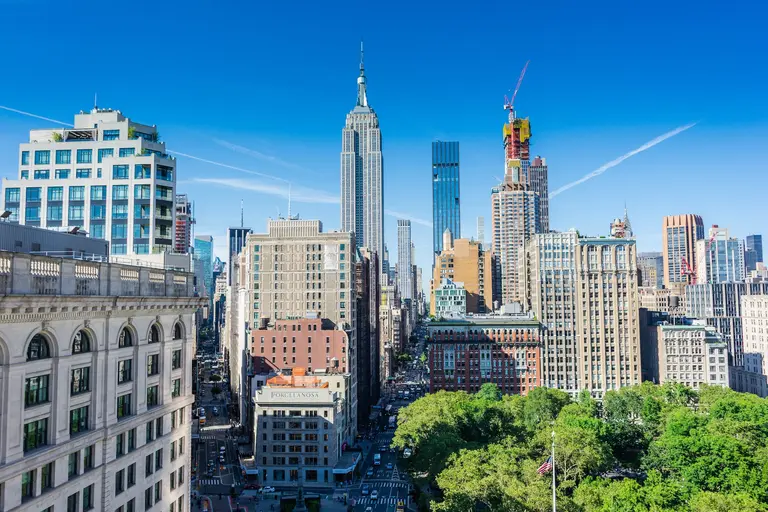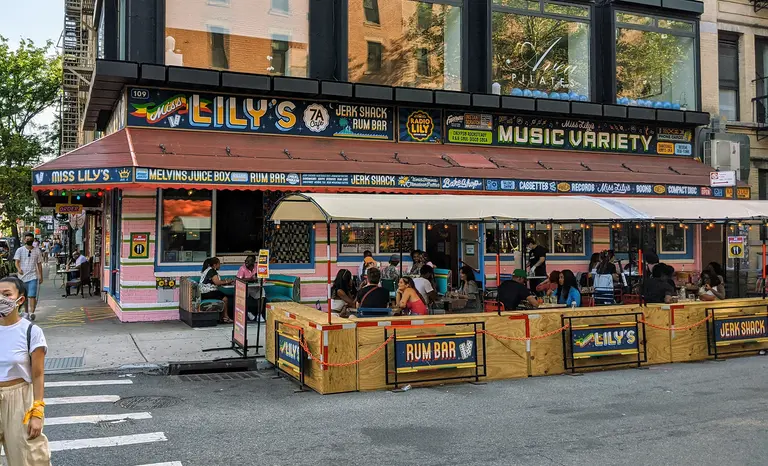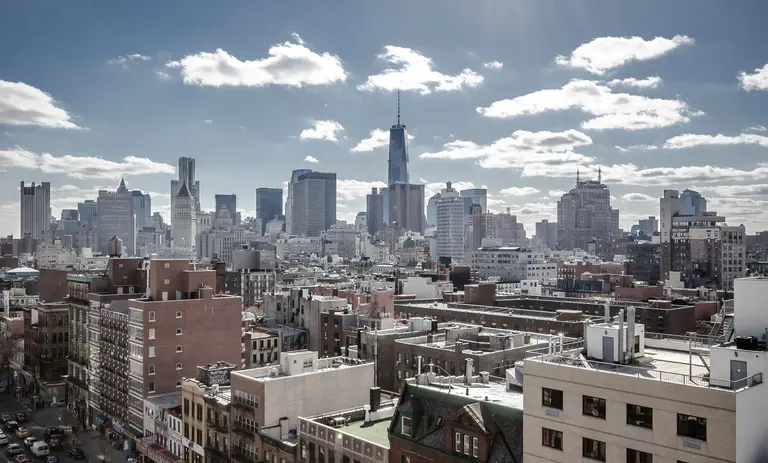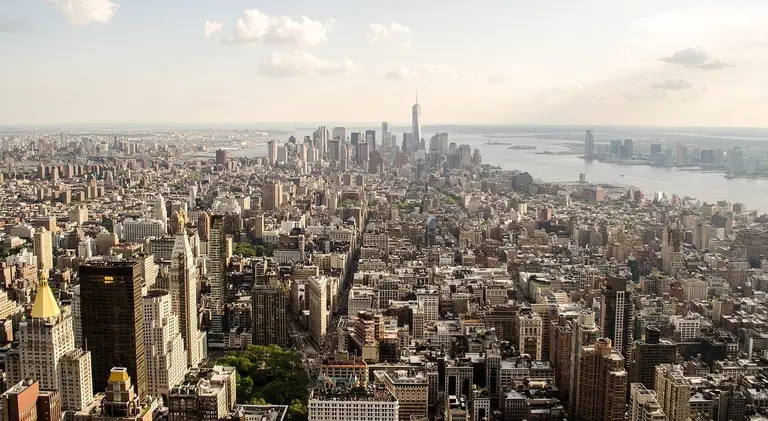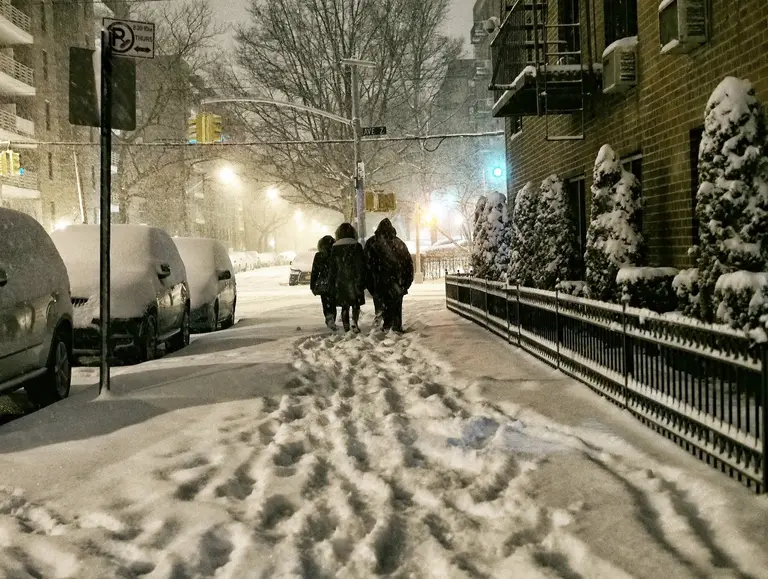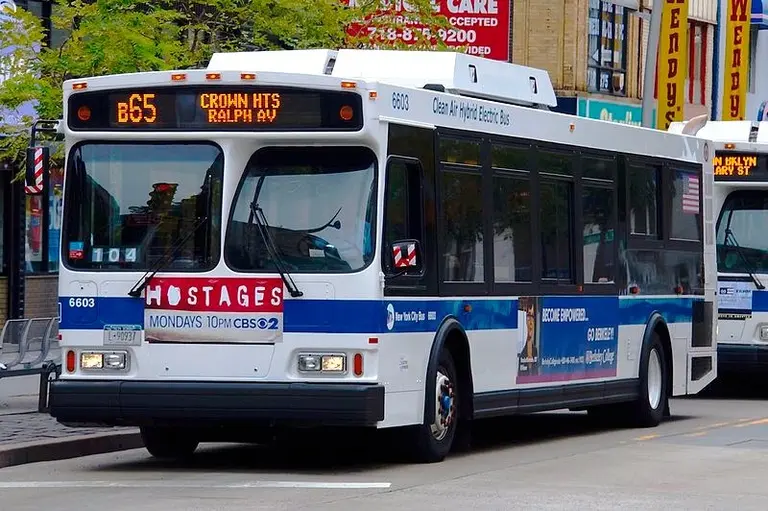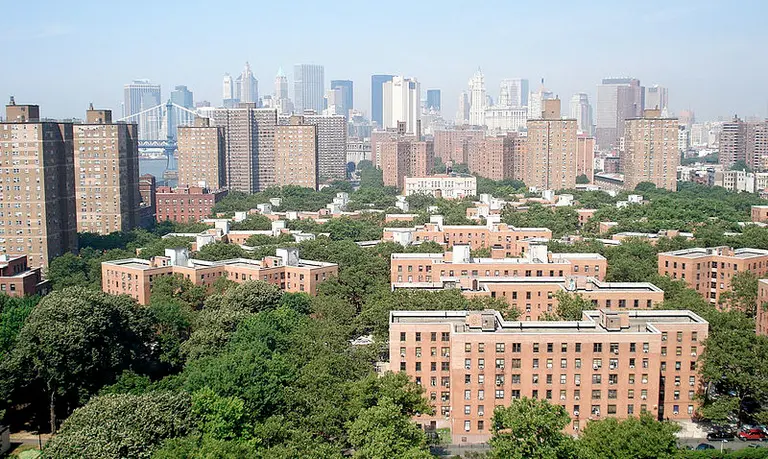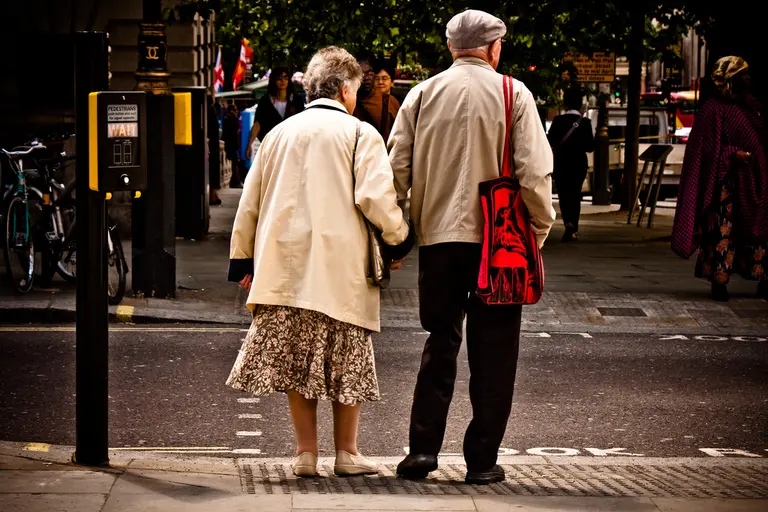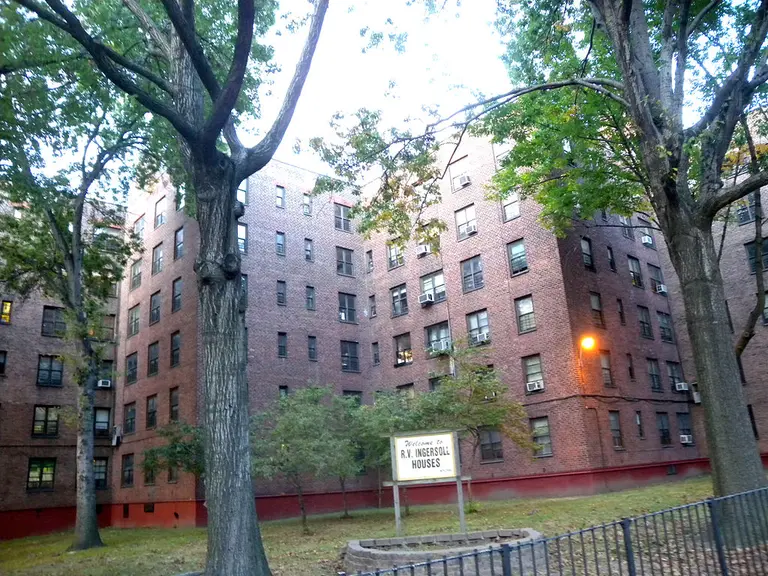September 26, 2018
Update 9/27/18: City Comptroller Scott Stringer said the report released this week about the decrease in affordable housing contained a major miscalculation, the Wall Street Journal reported Wednesday. Instead of the 1 million affordable apartments lost, as the report stated, the true number is less than half of that, or 425,492 units. According to an updated report, the number of apartments renting for $2,700/month increased by 111,000 units between 2005 and 2017, instead of 238,000 units as originally stated. "While it remains true that affordable housing is declining at an unsettling rate and the gap is still growing, we overstated the pace," Ilana Maier, a spokesperson for Stringer, said in a statement. "We made a genuine mistake."
Since 2005, New York City has lost over 1 million affordable apartments, according to a report released by the City Comptroller Scott Stringer on Tuesday. The report, "The Gap is Still Growing," builds from an original 2014 analysis from the comptroller's office and shows the number of available units has failed to keep up with the city's booming population. Between 2005 and 2016, about 576,000 people moved to NYC. But the city added just over 76,000 new units of rental housing.
Learn more
